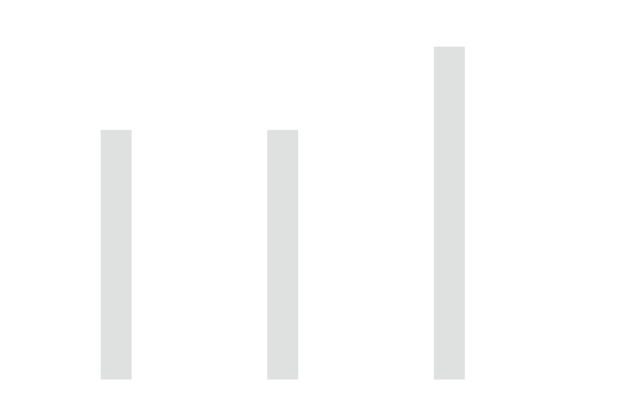Back
AIGuts
Exploring AI's poten... • 7m
What’s the Difference Between Narrow AI and General AI? Understanding the difference between Narrow AI and General AI is essential in today’s AI-driven world. Narrow AI, also known as Weak AI, is designed to perform a specific task—such as facial recognition, language translation, or recommending content on streaming platforms. It excels at focused functions but lacks general reasoning or awareness. In contrast, General AI, often referred to as Strong AI or AGI (Artificial General Intelligence), aims to replicate human cognitive abilities across a wide range of tasks. When comparing Narrow AI vs General AI examples, it becomes clear how vastly different they are. Narrow AI powers tools like Siri, Google Assistant, and Netflix's recommendation engine. These systems are intelligent within their limited scope but cannot perform tasks outside their programming. On the other hand, General AI examples are more theoretical at this stage—AI that can learn any task a human can, adapt to new situations, and reason through complex problems. No real-world AGI exists yet, but it remains a major goal in AI research. Some popular Narrow AI examples include self-driving car systems, spam filters, image recognition software, and AI chatbots. These systems leverage machine learning and data analysis to solve problems within their set boundaries. They are everywhere in our daily lives, making processes faster, more efficient, and more personalized. While Narrow AI is already deeply integrated into our technology, General AI represents the next big leap—one with enormous potential and complex ethical implications. Understanding both helps us prepare for the advancements and challenges AI will bring in the coming years.
Replies (4)
More like this
Recommendations from Medial
AIGuts
Exploring AI's poten... • 8m
What is AGI vs ASI in Artificial Intelligence | AI Guts Understand the key difference between Artificial General Intelligence (AGI) and Artificial Superintelligence (ASI), and how they’re shaping the future of AI. This in-depth guide explores the ev
See MoreShubham Shrivastava
Let's make the chang... • 4m
In business and tech, AI is no longer a futuristic concept but a driving force. Companies are leveraging it for everything from hyper-automation to enhancing customer experiences with advanced chatbots. The focus is shifting to "agentic AI"—autonomou
See MoreAditya Bankar
Founder at Fistwot |... • 1y
The idea of an AI "takeover" often refers to concerns about machines surpassing human control or decision-making. While AI is advancing quickly, it currently excels in narrow, specific tasks and lacks the general intelligence and autonomy needed for
See MoreAccount Deleted
Hey I am on Medial • 7m
What is Manus AI? Manus AI, is a new entrant aiming to redefine what’s possible with artificial intelligence.Unlike traditional AI tools focused on narrow tasks, Manus AI is building a general AI agent—an ambitious project designed to close the gap
See More
Mr Unknown
Hey I am on Medial • 1y
Idea An AI voice bot platform for providing services which can talk in national | local languages.It can provide services like Customer Support and Inquiry where complex tasks such as product cancellation or product tracking can be done 24/7 via call
See MoreDownload the medial app to read full posts, comements and news.

































